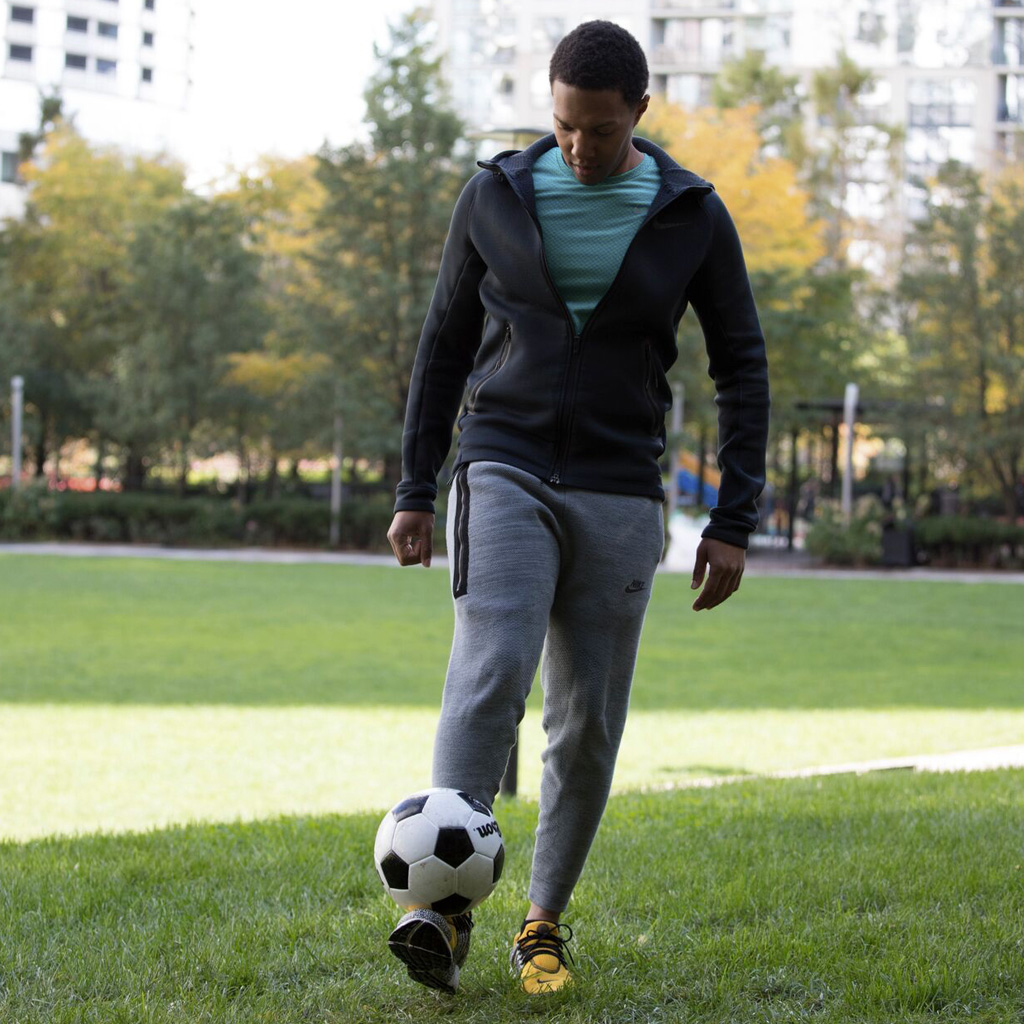How Does An Aging Running Back Keep His Value in the NFL?

The NFL no longer builds teams around the running back, durability being cited as a big factor. More and more, we see a decline in the marquee running back and an increase in filling the running back position by committee. It appears the position is being treated more like a replaceable commodity rather than a pillar of the offense. This has been reflected in recent contracts for half backs.
Take the recent example of DeMarco Murray, who just won Offensive Player of the Year and was one of the most sought after running backs this free agency. Murray secured a five-year, $42 million contract with the Philadelphia Eagles. This is an impressive contract, but it doesn’t come close to the $96 million contract Adrian Peterson got from the Vikings in 2011. It also falls short of the six-year $114 million contract defensive tackle Ndamukong Suh, another free agent this year, signed with the Dolphins.
So what does this mean? As Michael David from NBC Sports puts it, “Murray will give us a good benchmark for how much a running back can command in today’s NFL.” Unfortunately for Murray, the answer will be, “Nowhere near as much as a running back could command in yesterday’s NFL.”
The reason for these big differences in contracts lies in the idea that the performance of a running back goes downhill when they hit 26 or 27 years old. This ESPN graph demonstrates this sharp decline in performance for running backs after the age of 27.
Getting hit as a running back is like getting into a car accident. The impact on your body is violent, day after day, week and week, year after year. Most players enter the NFL at around 22 years old after already playing in their position through high school and college. Imagine the effect on a RB’s body after all of those years playing.
In the Veterans Combine players like Michael Bush, Michael Sam, Mikel Leshoure, Felix Jones, and Michael Bush posted 40 times significantly slower than just a few years earlier. As this Deadspin article on the Combine points out, “These guys almost certainly aren’t in the same peak physical conditions they were when they had jobs, but they aren’t decrepit old men, either…Football is a young man’s game.”
It makes sense that when a player gets to be about 27 his body would start to break down. He eventually gets half a step slower. He might lose a split second and as result can’t make the play. He suffers an injury while trying to cut quickly. The next younger guy who has less damage done to his body comes and takes his place and the cycle continues.
That is the true story for most running backs these days. However, this fate can be avoided if the body is in balance. Take Matt Forte for example. At age 29, his game has IMPROVED over the last three years. As a recent Men’s Journal Article states, “Last year, he rushed for 1,339 yards, received for 594, and scored 12 touchdowns. It was his sixth and best season yet.” You don’t need the stats to tell Forte’s game is better. Just watch him play. Look at how he moves.
What is Forte doing differently? The answer is he doesn’t just focus on power or strength, but works on improving his mobility and stability. With Forte, we worked on the lengthening of muscles, the movement of joints, and creating core stability. Most guys will just focus on explosiveness, but won’t think about being able to stop or change direction. Just like a car, you need to know how to brake and steer, not just go fast, or you will eventually crash.
By maintaining his body in this way, Forte creates dependability. He can depend on his body to do what it needs to do. Forte himself said, “It’s changed my career. I hope to play 12 years in the NFL, which is unheard of for my position.”
If other veteran RBs take a page from Matt Forte and work on their bodies in this way, they can extend their careers into their 30s. Hopefully teams will see the value in their veteran RBs and not always just invest in younger, cheaper, unproven talent for the position.